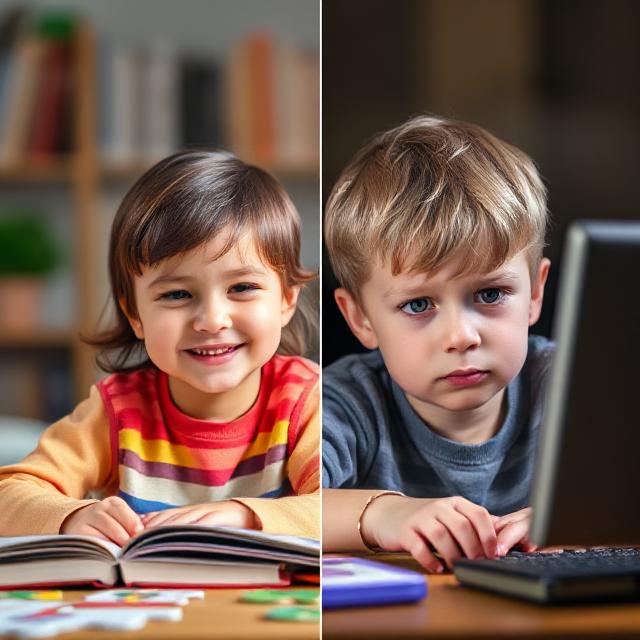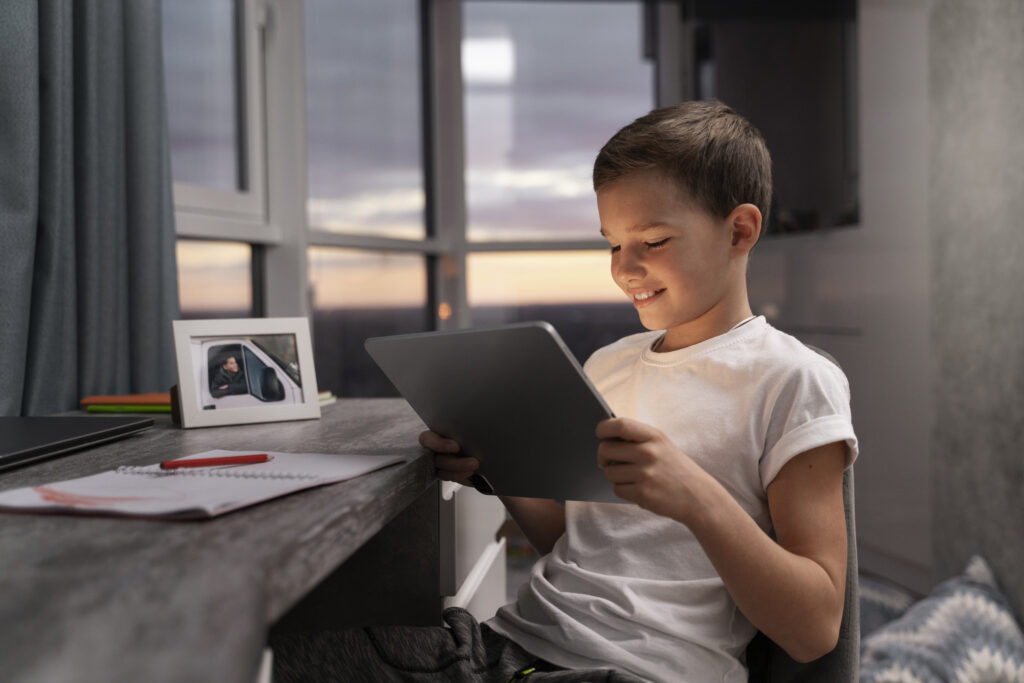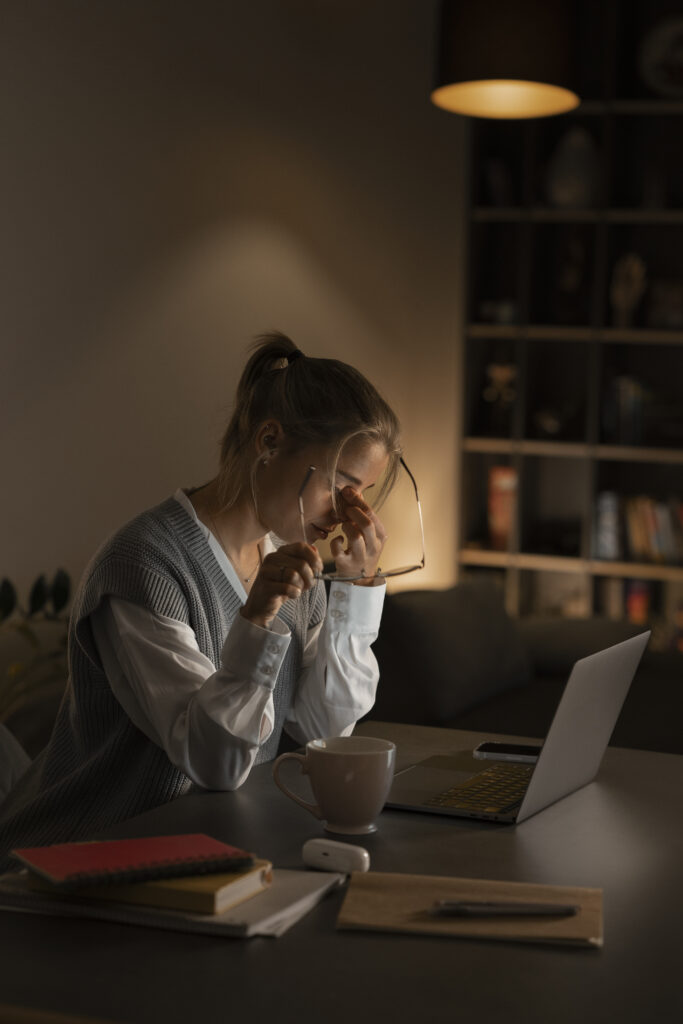
Introduction
Let’s be honest – screens are everywhere. From virtual classrooms to YouTube tutorials, children today are growing up in a digital-first world. Technology has made education more engaging and accessible, but too much of it can affect a child’s growth, focus, and wellbeing. The real challenge for parents? Striking the right balance between learning and screen overuse.
How Screen Time Impacts Kids’ Learning

✅ The Positive Side of Screen Time:
Education at Your Fingertips: Apps, interactive videos, and virtual experiments make learning exciting.
Builds Tech Skills: Early exposure helps kids become confident with technology.
Inspires Creativity: Many digital tools enhance problem-solving, storytelling, and artistic skills.
❌ The Downsides:

Reduced Attention Span: Constant screen switching can make focusing harder.
Lack of Physical Activity: More screen time = less time moving or playing outside.
Disrupted Sleep: Blue light from devices interferes with melatonin, delaying sleep. (Backed by research from Harvard Medical School)
Setting Healthy Screen Time Limits (Without the Meltdowns)
Follow the 20-20-20 Rule: Every 20 minutes, take a 20-second break and look at something 20 feet away.
Make Screen Time Intentional: Choose content that encourages learning coding, puzzles, or virtual museums.
Create Tech-Free Zones: No screens during meals or 1 hour before bedtime.

Balance with Offline Fun: Reading, outdoor games, arts and crafts keep kids grounded.
Be a Role Model: Kids mimic what they see. Your screen habits influence theirs.
How Much Screen Time is OK? (Expert Guidelines)
Toddlers (1-3 years): Preferably none, but if needed, < 1 hour/day (high-quality content) (As recommended by the World Health Organization)
Preschoolers (3-5 years): Up to 1 hour/day (educational only) (See guidance from the American Academy of Pediatrics)
School-Age (6-12 years): Up to 2 hours/day (excluding schoolwork)
Teens (13-18 years): Up to 3 hours/day (balanced with offline life)
Final Thoughts
Technology is a tool, not the problem. It’s all about how we use it. Instead of banning screens, let’s help our children use them wisely. By setting clear boundaries and promoting offline engagement, we ensure that learning stays fun, focused, and healthy. (Read more about this balanced perspective from Common Sense Media)
How Swotters Academy Can Help
At Swotters Academy, we support balanced learning. Our offline and online sessions are designed to limit screen fatigue while maximizing personal attention and real-time interaction. Whether your child prefers learning face-to-face or online from the comfort of home, we ensure a healthy academic experience with a human touch.

0 Comments